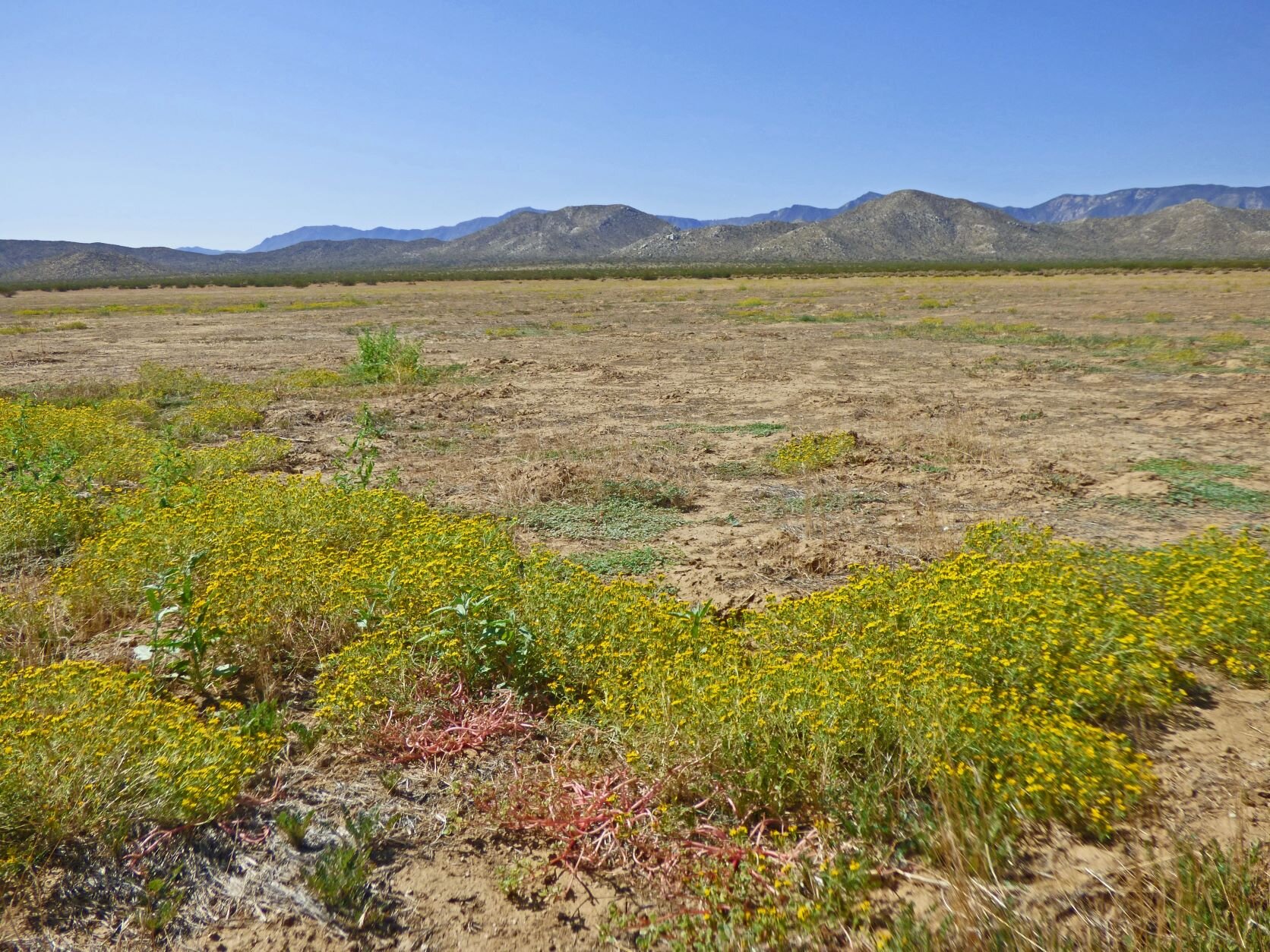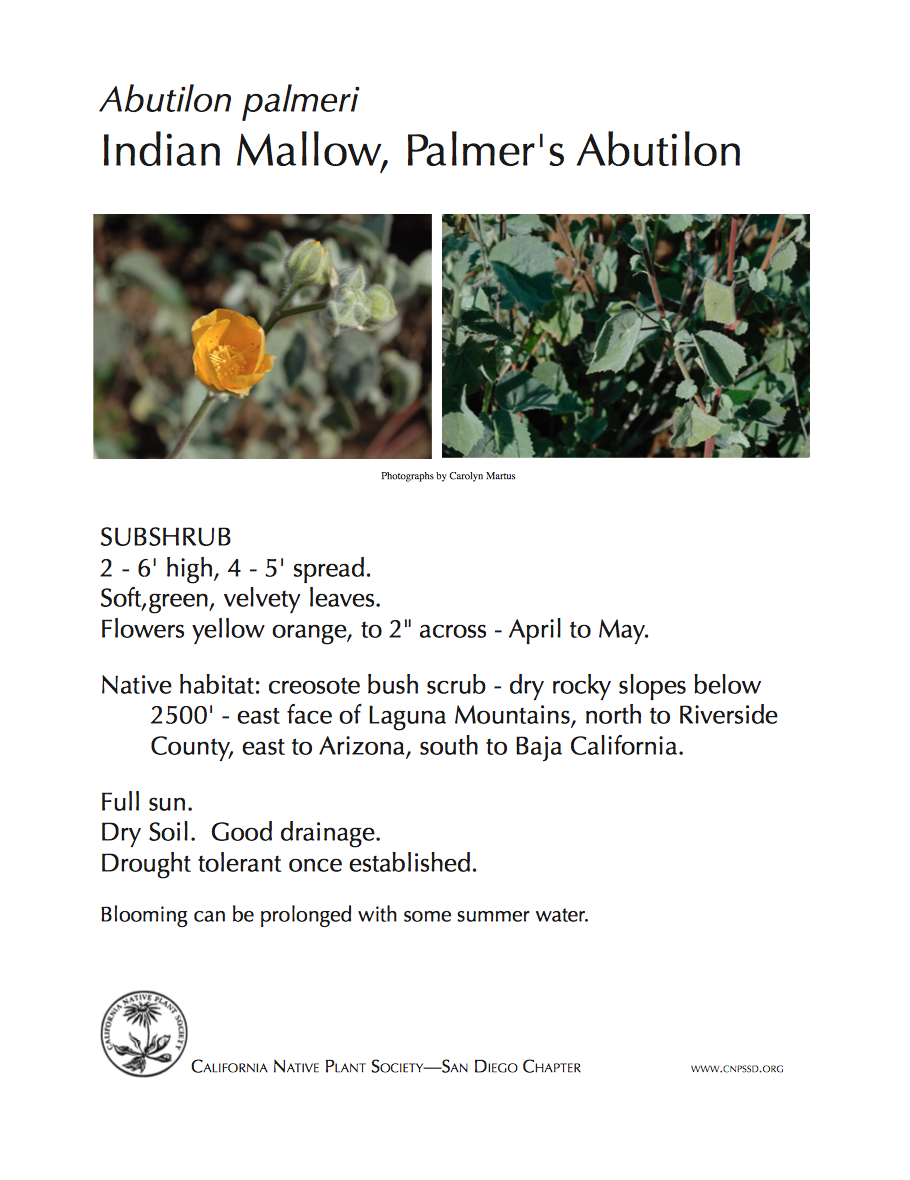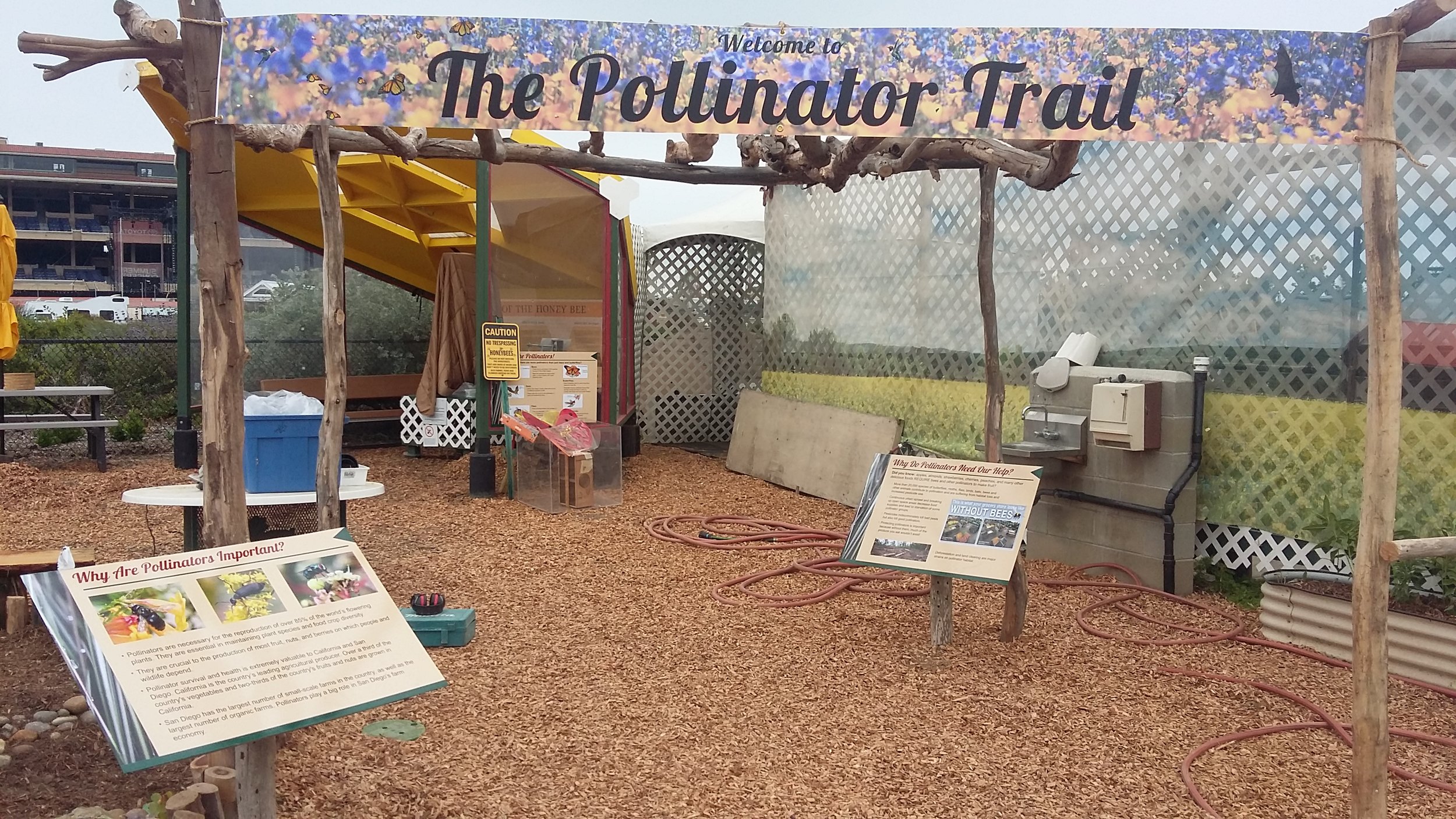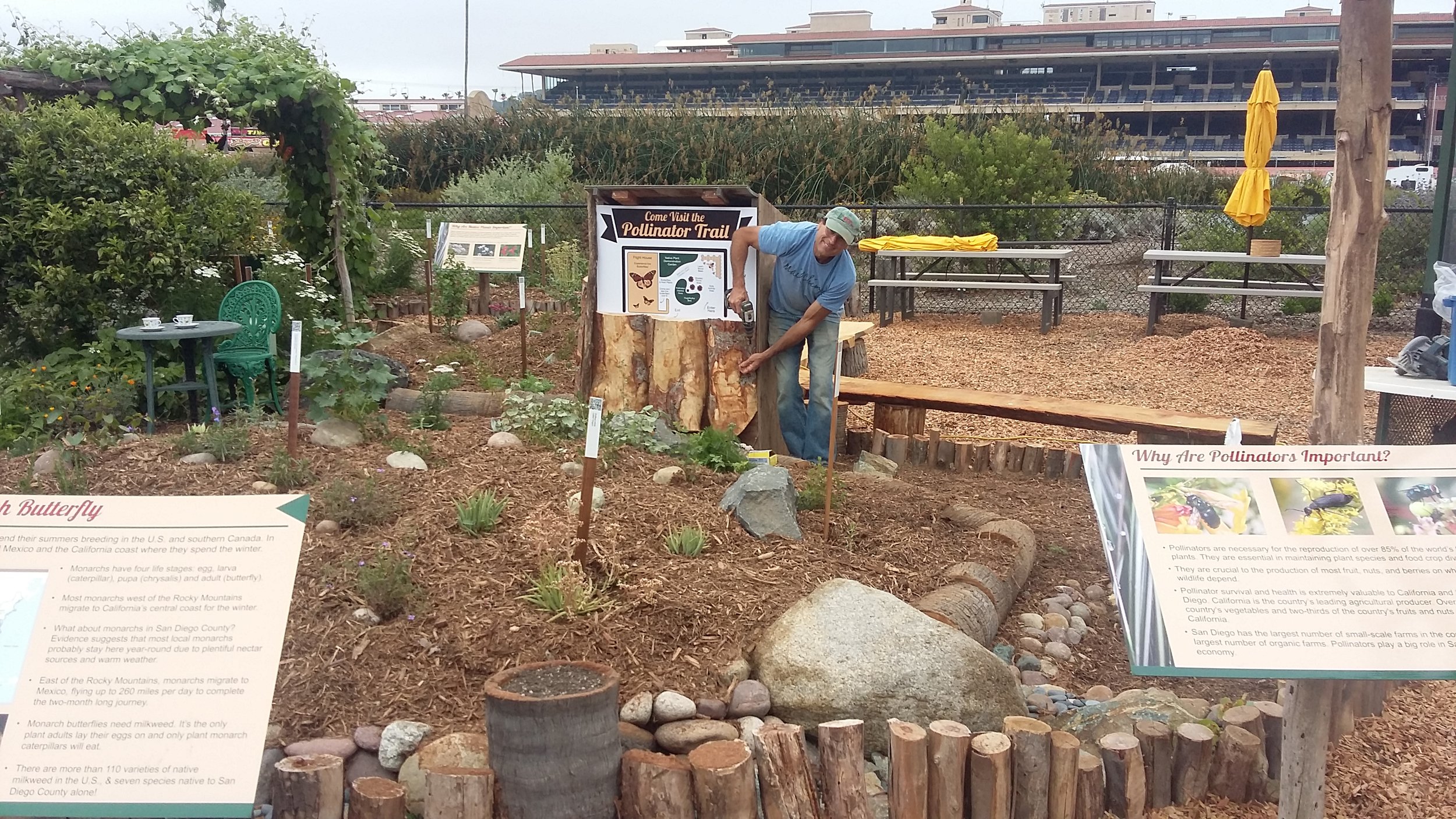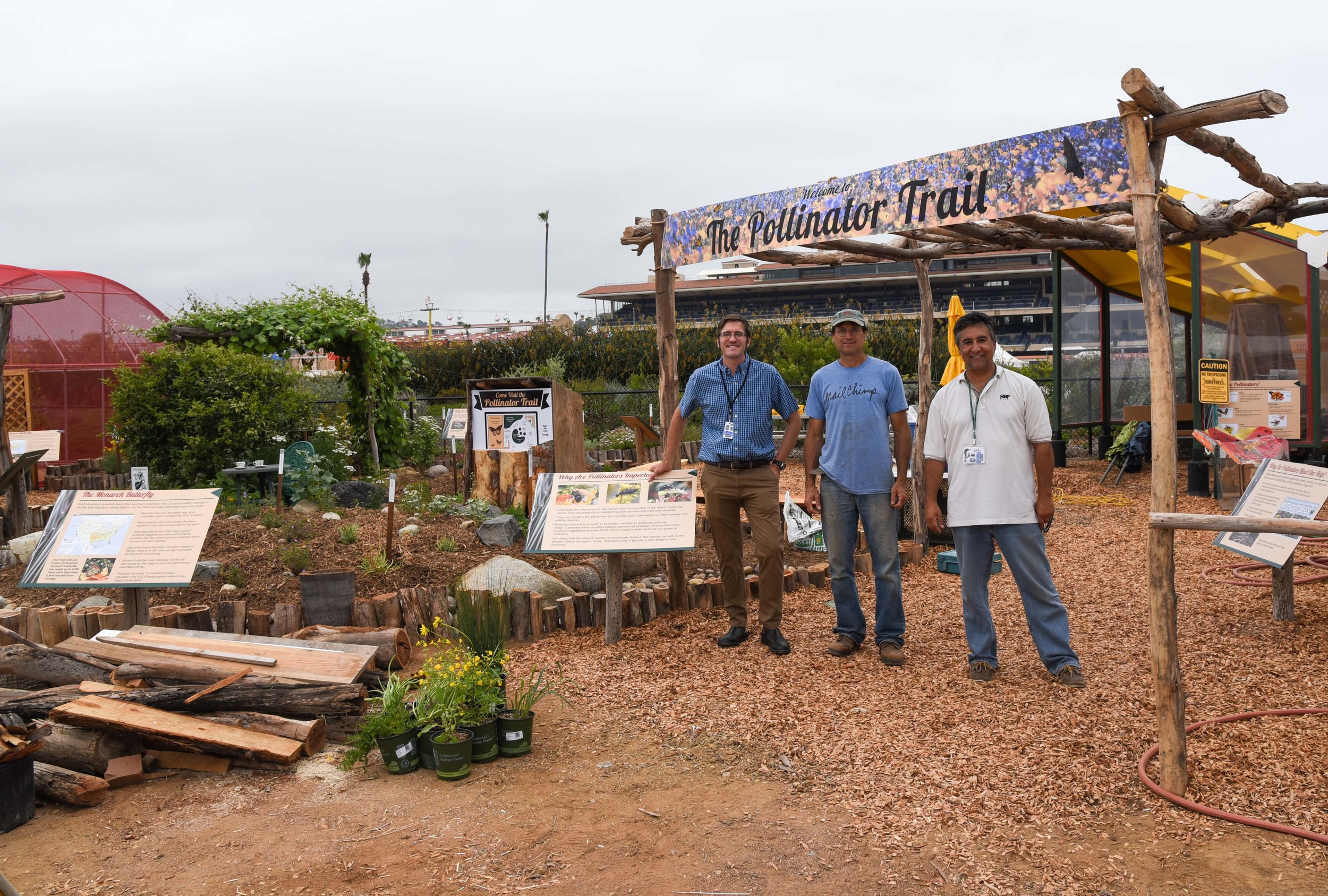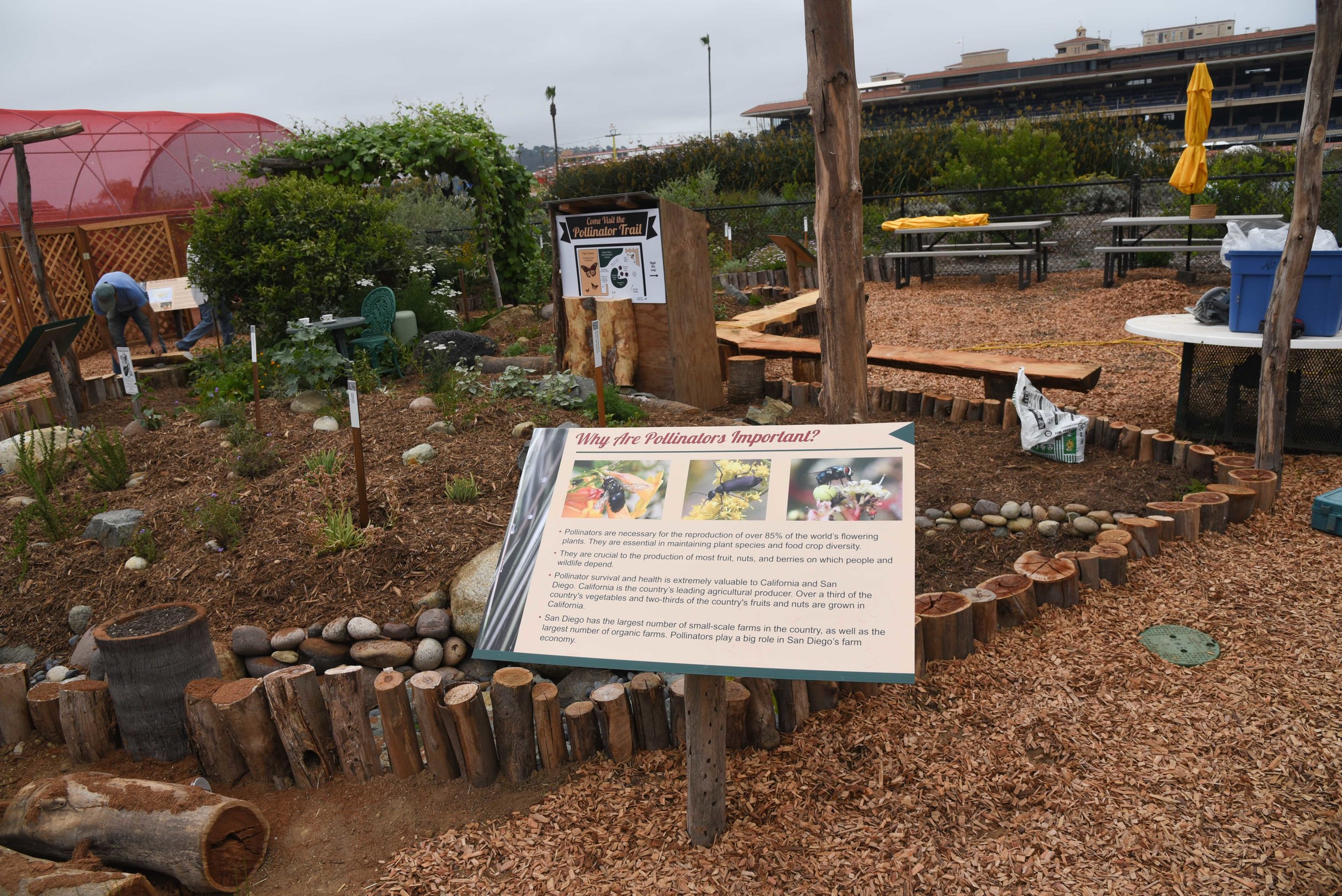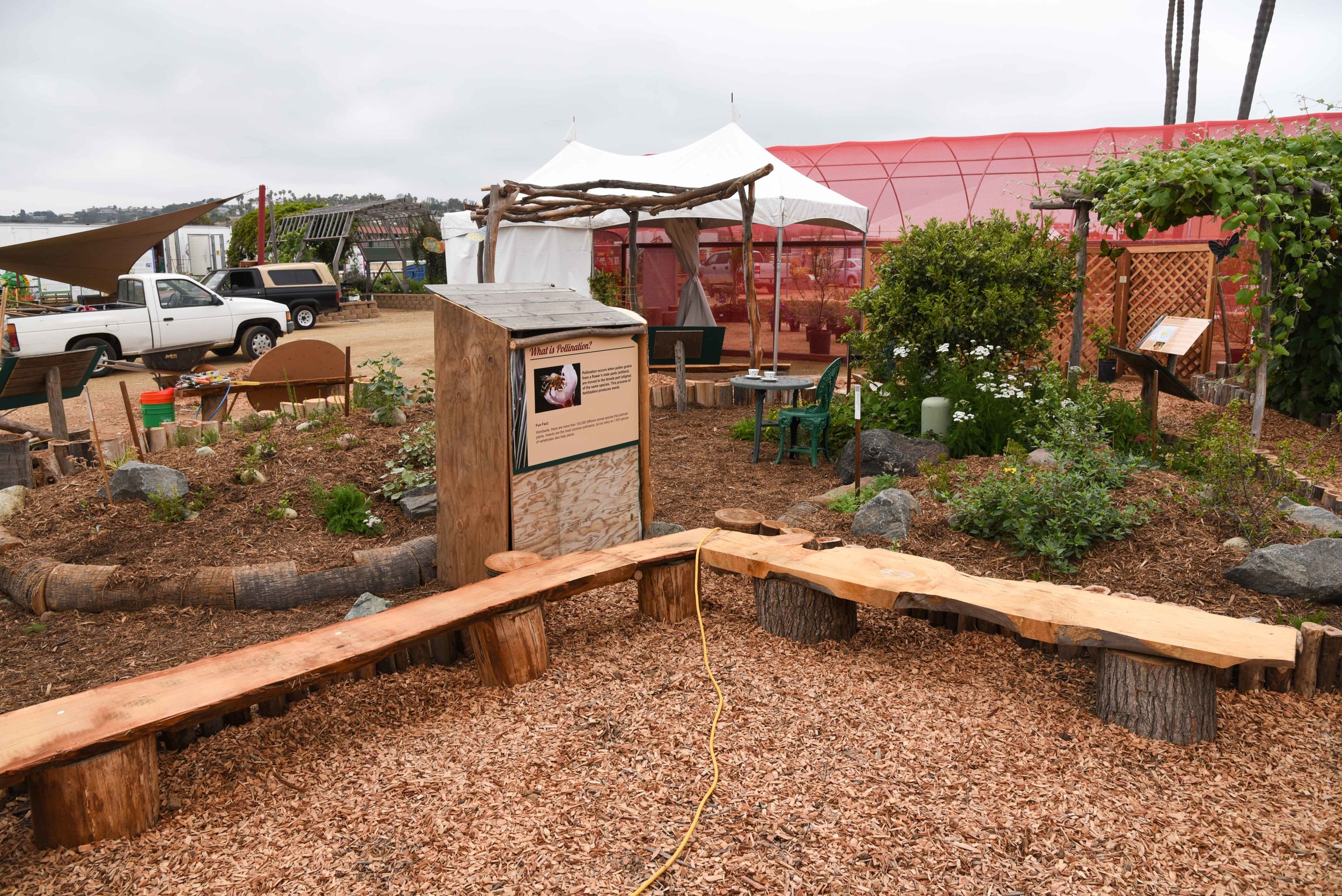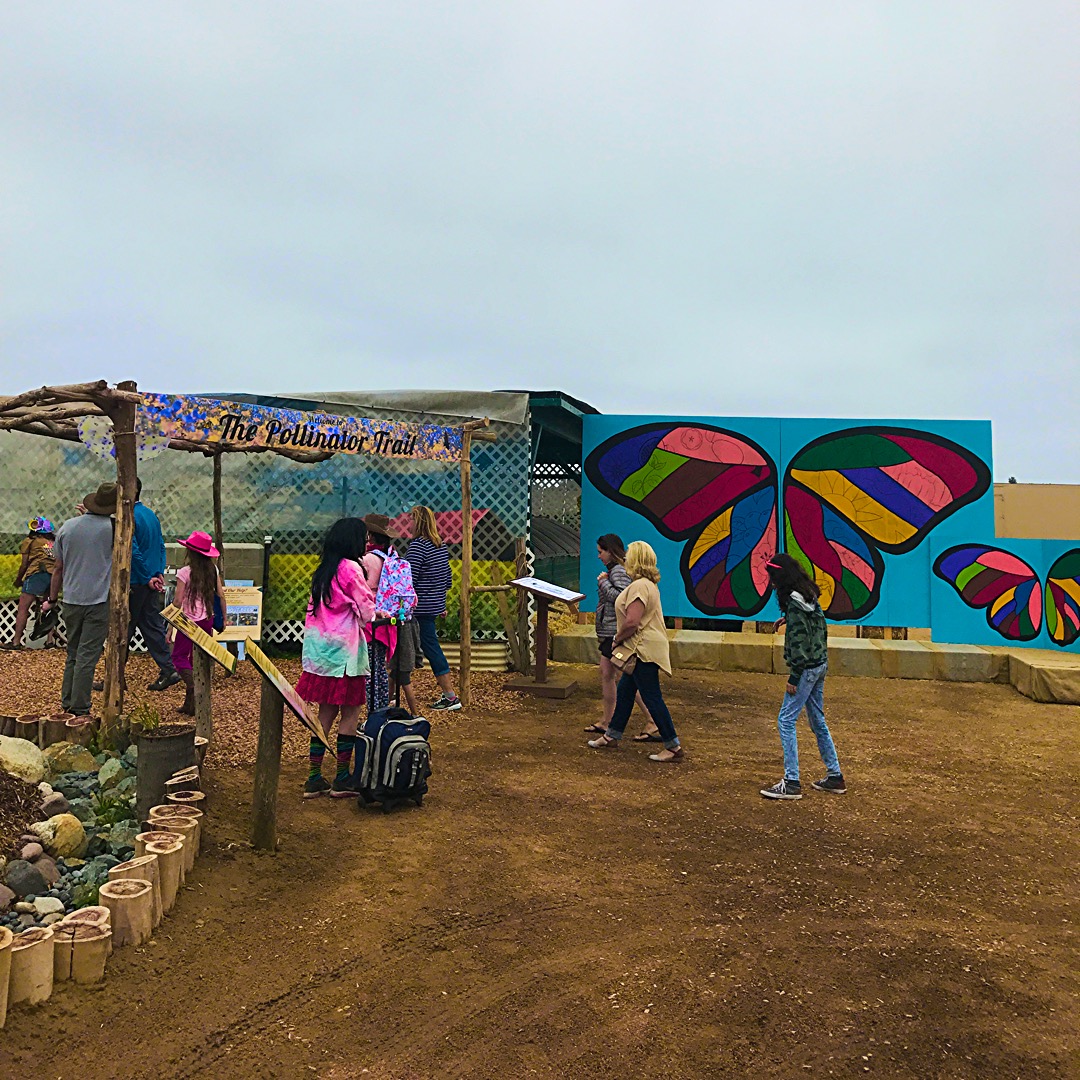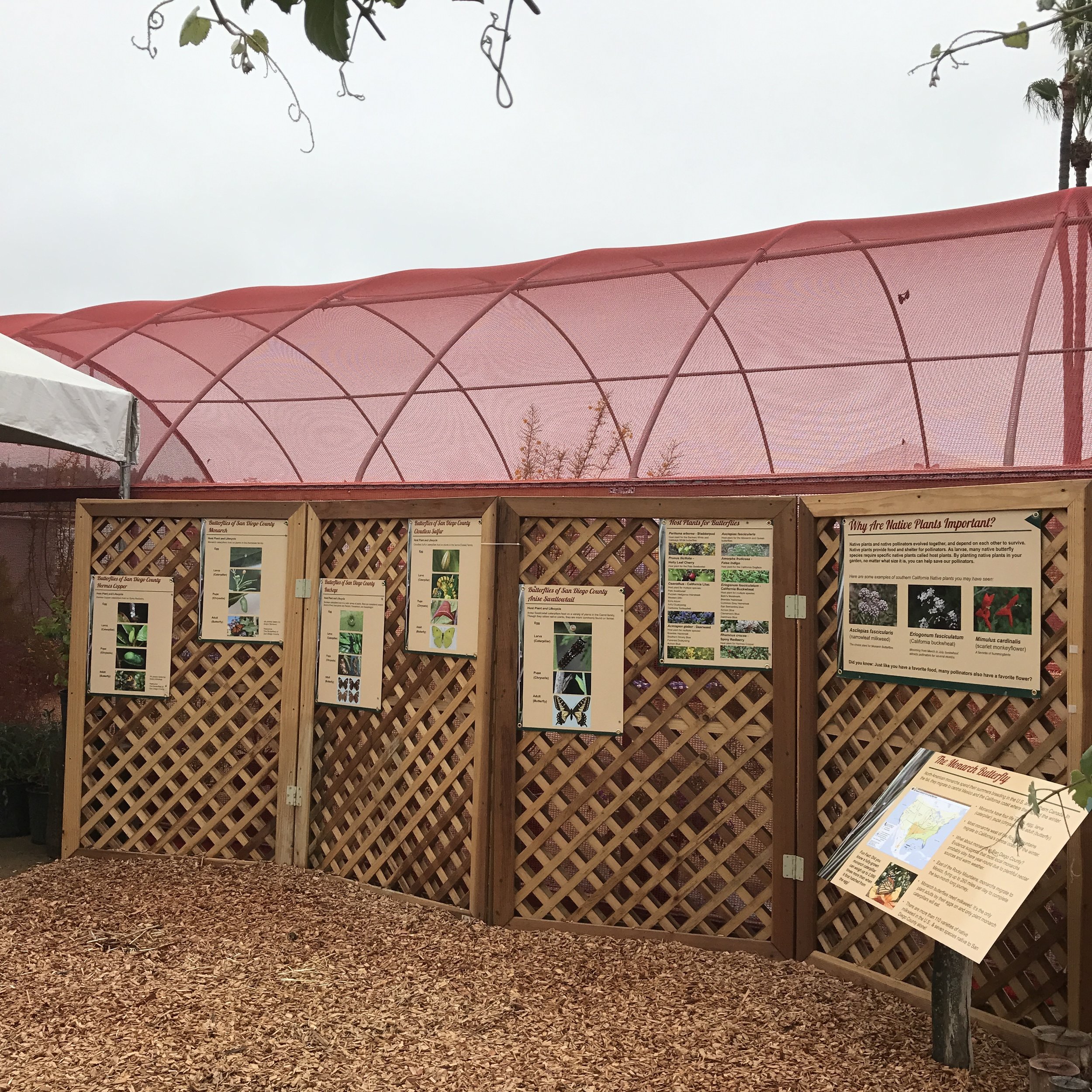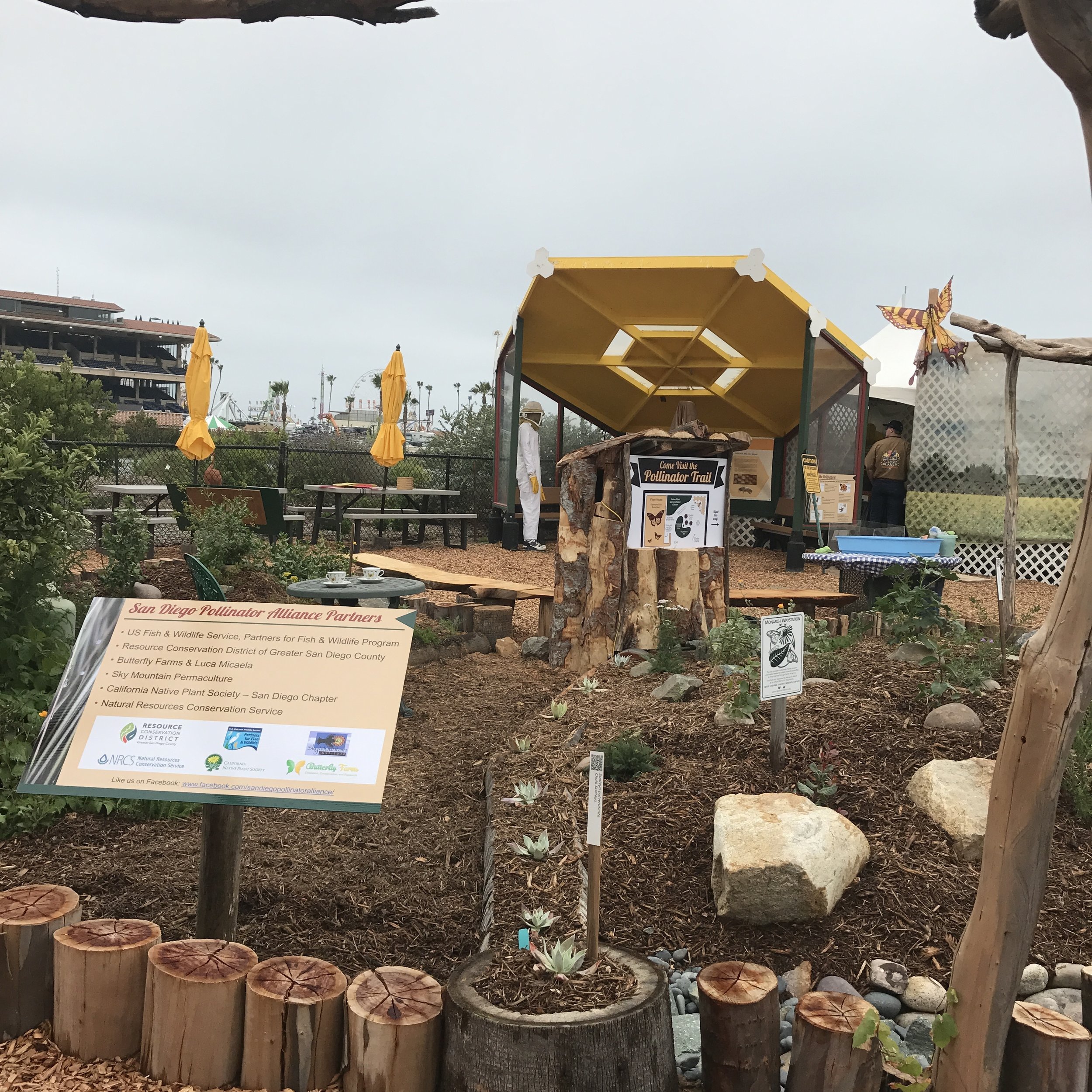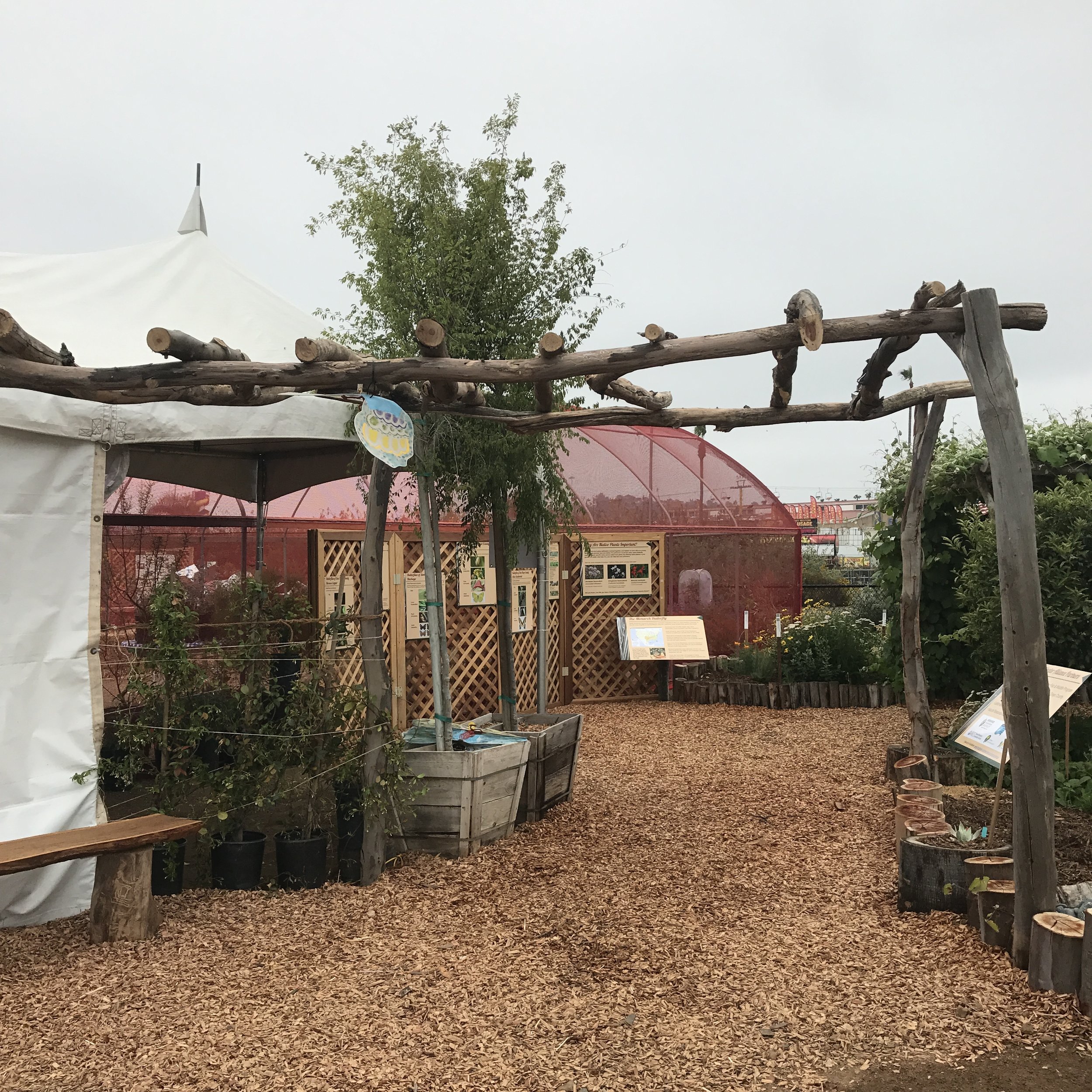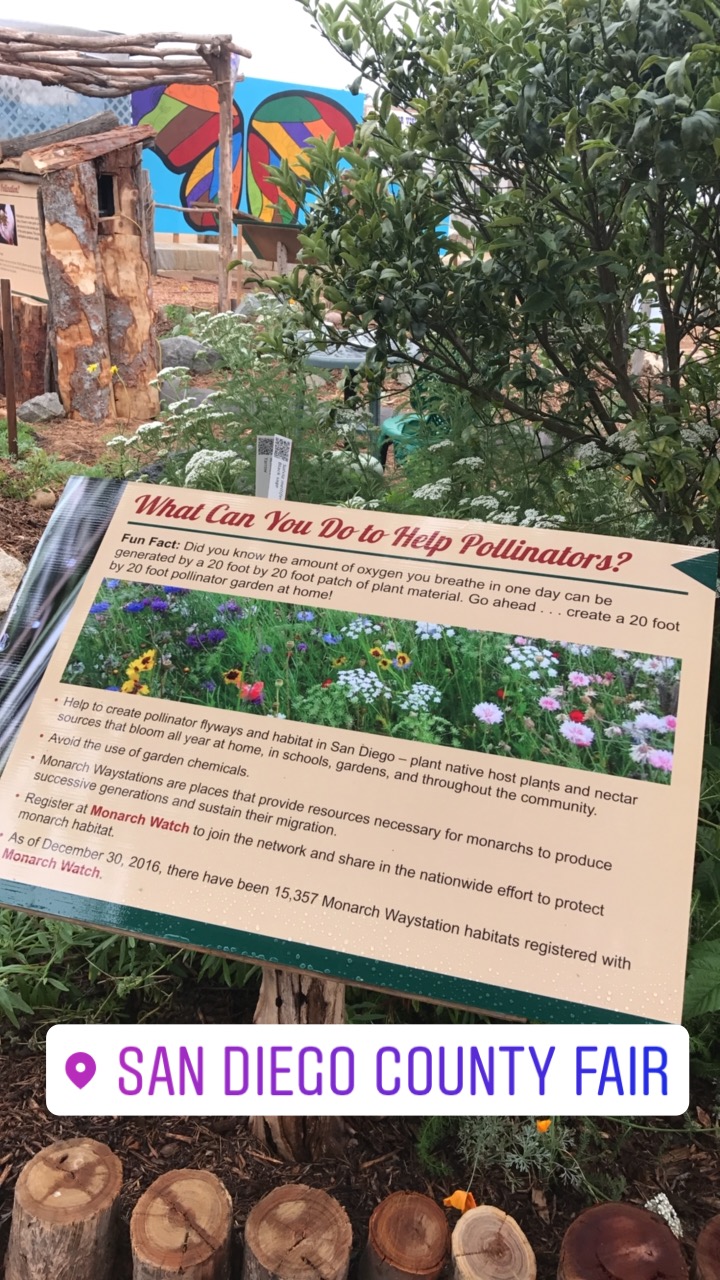All photos by Phillip Roullard
View fullsize
![Check-in]()

Check-in
View fullsize
![Audience warming up for first presentation]()

Audience warming up for first presentation
View fullsize
![Workshop Director Judie Lincer welcoming the audience]()

Workshop Director Judie Lincer welcoming the audience
View fullsize
![Greg Rubin presents “The California Native Landscape-Threats and Solutions Explored”]()

Greg Rubin presents “The California Native Landscape-Threats and Solutions Explored”
View fullsize
![CA native flower arrangement by Torrey Neel]()

CA native flower arrangement by Torrey Neel
View fullsize
![Lee Gordon presents "Growing Native plants and Wildflowers from Seed"]()

Lee Gordon presents "Growing Native plants and Wildflowers from Seed"
View fullsize
![Lorraine Kelley presents "Growing Native plants and Wildflowers from Seed"]()

Lorraine Kelley presents "Growing Native plants and Wildflowers from Seed"
View fullsize
![Chuck Poland presents "DIY-Successes & Challenges-Self-Installing a Native Garden and Lessons Learned Along the Way"]()

Chuck Poland presents "DIY-Successes & Challenges-Self-Installing a Native Garden and Lessons Learned Along the Way"
View fullsize
![Tree of Life Nursery plants for sale]()

Tree of Life Nursery plants for sale
View fullsize
![Mike Evans presents "Ugly is not a Turf Replacement"]()
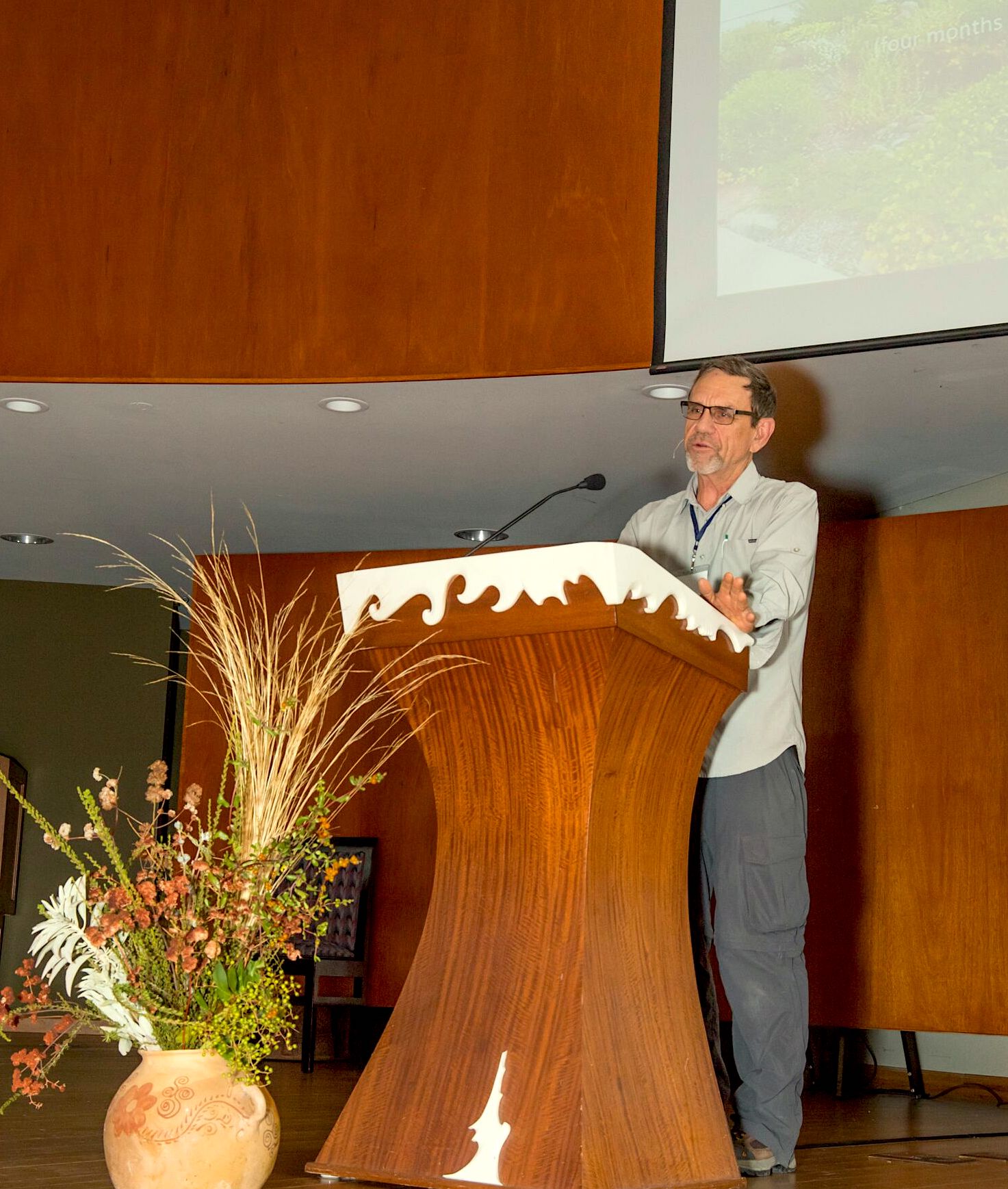
Mike Evans presents "Ugly is not a Turf Replacement"
View fullsize
![Lunch!]()

Lunch!
View fullsize
![Dr. Gordon Pratt presents "Making Butterfly Habitat Using Native Plants and Other Things"]()

Dr. Gordon Pratt presents "Making Butterfly Habitat Using Native Plants and Other Things"
View fullsize
![Sphaeralcea ambigua growing on the Workshop campus]()

Sphaeralcea ambigua growing on the Workshop campus
View fullsize
![Susan Krzywicki presents "The Greatest Reason in the World to Cultivate Your Native Garden NOW"]()

Susan Krzywicki presents "The Greatest Reason in the World to Cultivate Your Native Garden NOW"
View fullsize
![A second CA native flower arrangement by Torrey Neel]()

A second CA native flower arrangement by Torrey Neel



